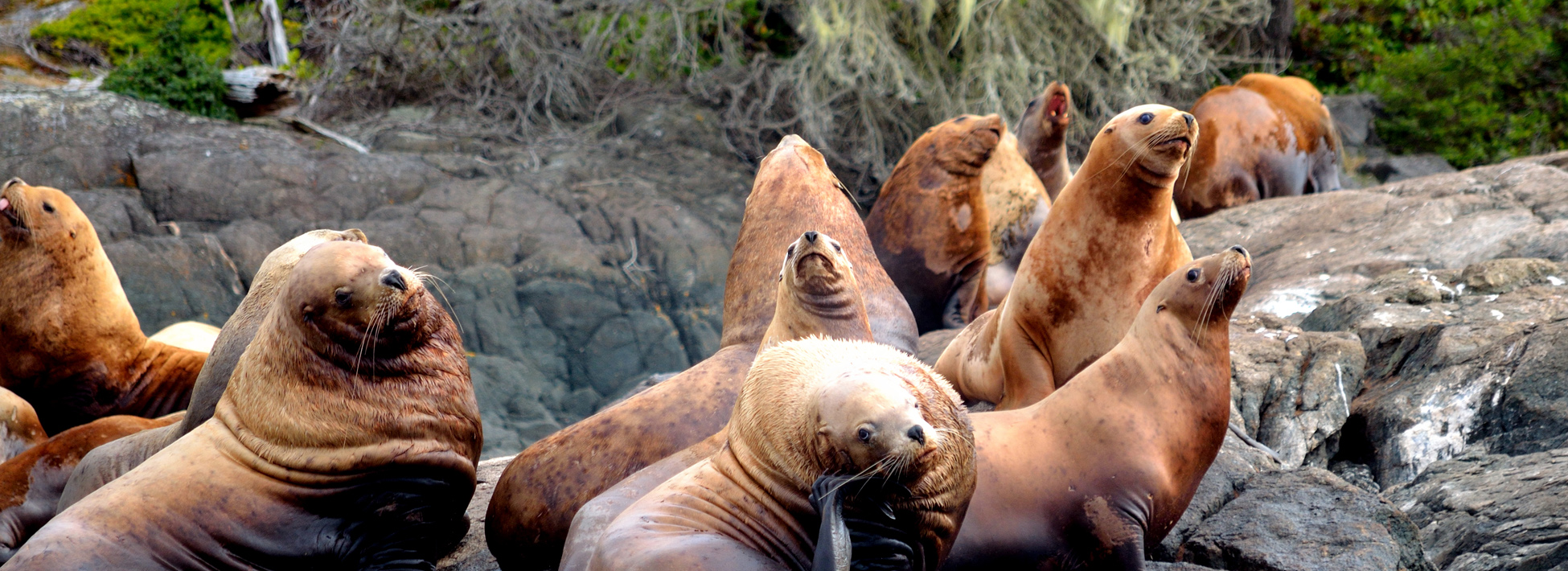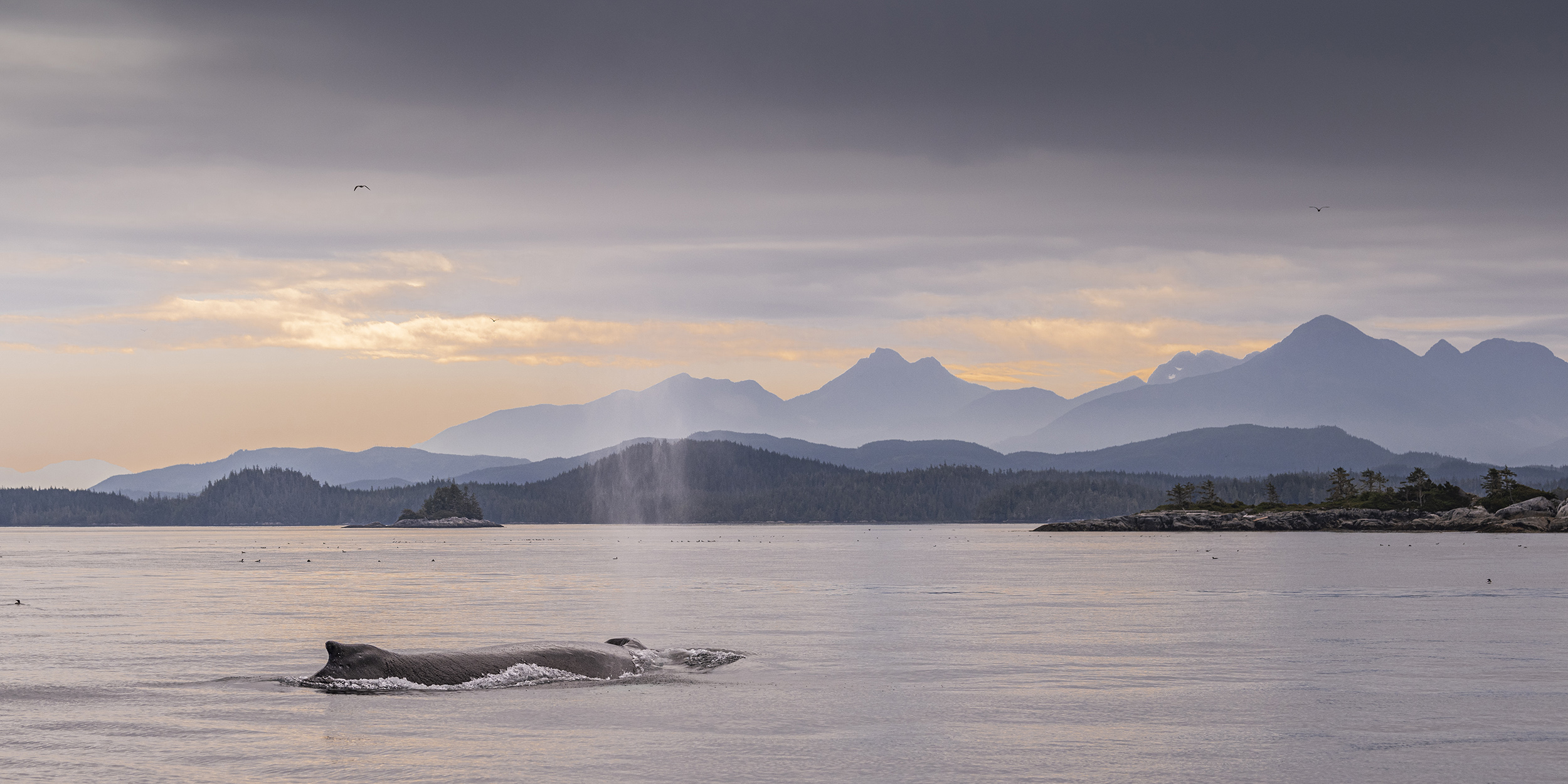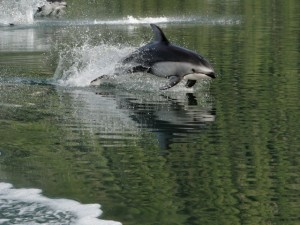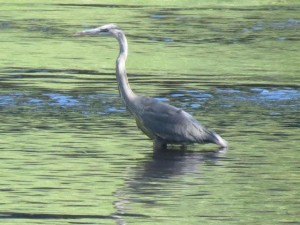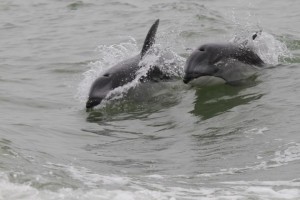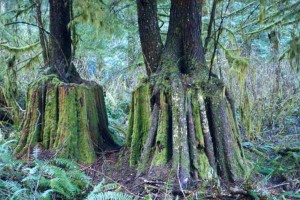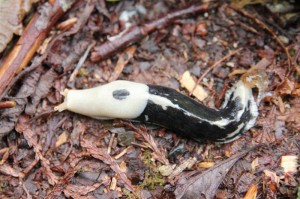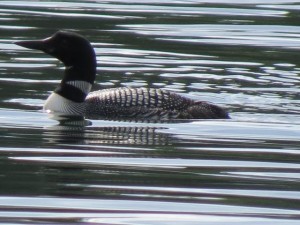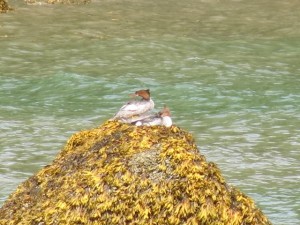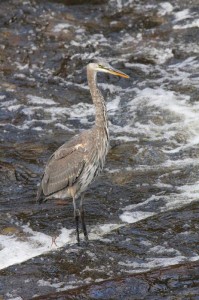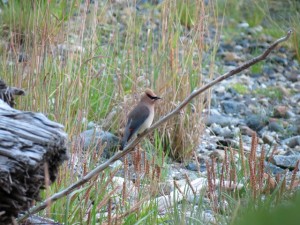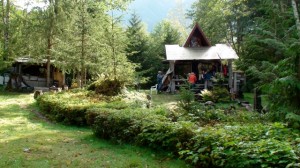
As this photo taken by Ingo shows the extra day visiting Grizzly Bear Lodge includes a trip to the Kakweikan River and a day with Trapper Rick and a visit to his cabin. The cabin is a half-hour truck ride over logging roads and then a fifteen-minute hike through the coast rainforest. This past summer we had excellent grizzly bear viewing at the falls below the cabin. This is one location that has no visitors except for the loggers and the guest from our lodge, a true wilderness river.
